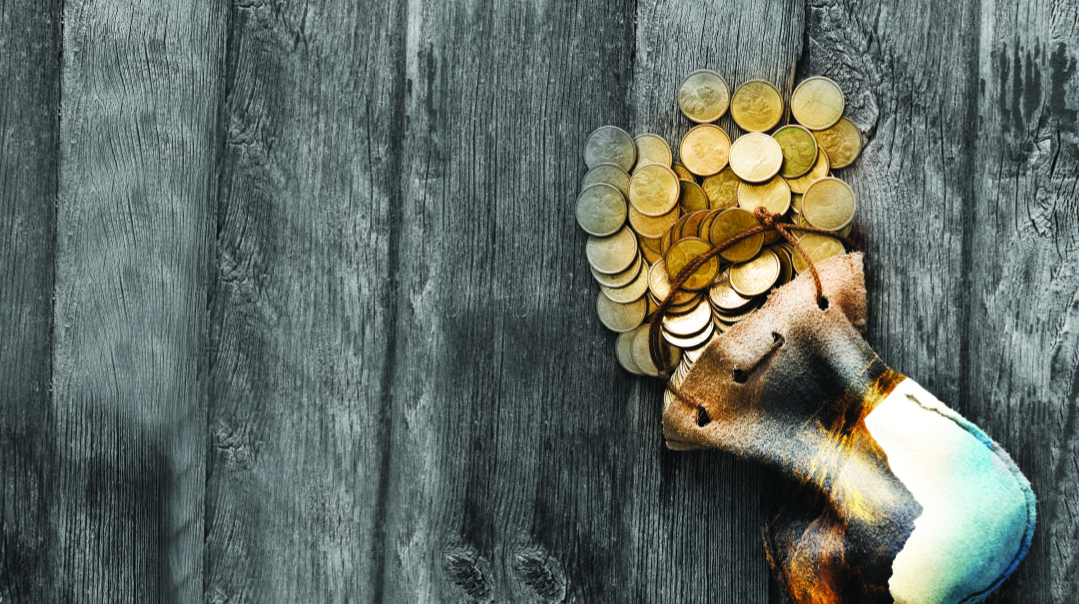A Cut Above

It’s so easy to tell Hashem, You can have my dolls and teddy bear. My Shabbos and kashrus. My elbows and knees… but my pearls, my tzniyus, my hair — that’s mine.

It was only a few inches. Dark blonde, with just a few golden streaks as a last lingering ode to the long-gone summer. And it lay in little patches on the floor.
I tilted my head to the right and then left, searching the mirror for the blonde curls (or carefully straightened locks of hair) that used to fall past my shoulders. But they were gone, and though it would be mere weeks until they grew back in, I knew I could never again wear my hair in loose curls a few inches down my back.
It started with a lesson. And a story.
Jenny was a five-year-old girl who loved her bracelet of faux pearls. Just small balls of white plastic, but to Jenny, those pearls were priceless. When her father asked what she would be willing to give up out of love for him, Jenny offered her favorite doll and most-loved teddy bear. But the pearls, she insisted, were hers.
My class and I were discussing mesirus nefesh. What it means to us today, when the screams of bloodthirsty mobs, and tortured choices between life and G-d are but pages of a history textbook. How we can bring the incredible inspiration of a Jewish mother sacrificing her innocent children, her babies, her heartbeat and breath, to sanctify Hashem’s Name, into our own sheltered and comfortable lives?
Perhaps, I suggested, the answer lies in our “pearl bracelets.” In the areas of our lives that are so inextricably bound with our existence that we feel we can never give them up. In our music and our fashion. In our competition and our pride. Maybe, like Jenny, we’re saying, Hashem, You can have our dolls and teddy bears — our kashrus, Shabbos, Yom Tov — the things that come easy. But my pearls are mine.
That night, in conversation with a fellow teacher who taught the halachos and hashkafos of tzniyus, I learned something surprising. Her class had just studied the delicate topic of hair length. As we discussed it, going over the exact guidelines of Rabbi Falk shlita, I began feeling distinctly uncomfortable.
My hair wasn’t long, but… according to the specifications my class was being taught, it wasn’t short.
My heart rebelled. “I’m not cutting my hair,” I said.
She was quiet.
“I’m not cutting it!” I insisted. “It’s not so long! It’s a really refined style — even Rabbi Falk would say so! It doesn’t look long. And besides, everything else I wear is tzniyusdig. My skirts and sleeves and necklines and tops are all perfectly kosher. I just can’t cut my hair as well!”
And then I stopped, hearing an echo of myself just a few short hours earlier.
It’s so easy to tell Hashem, You can have my dolls and teddy bear. My Shabbos and kashrus. My elbows and knees… but my pearls, my tzniyus, my hair — that’s mine.
I was at war with myself. How could I present myself in class, while failing to adhere to Rabbi Falk’s guidelines? And yet, how could I give up my hair, my look, the cute curls I wear to weddings and each Shabbos?
Jenny’s story has a heartwarming ending.
One night, her father found her sitting up in bed, lip trembling. As he approached to wish her goodnight, she thrust the precious bracelet into his hands. Her father reached into his pocket, and held out a string of genuine pearls. He had been waiting; waiting for her to give over the fake, the inconsequential, the cheap $5 alternative, so he could bestow upon her this most beautiful gift.
And I knew what I had to do.
After I shared my struggle and story with the class, my inspiring students created a new fad: The tzniyus cut, facilitated by a wonderful sheitelmacher/hairdresser who snipped the night away, as girl after girl gave up her inches for Hashem. In one night, over 70 inches were shorn and bagged and brought as a modern-day korban, by girls who have been tasked to give Hashem not their lives, but their very own pearl bracelets.
The next day, I entered the classroom to find a dozen girls waving bags of their own hair in my face, all brown and blonde and black and, oh, so beautiful. I couldn’t teach that class; I was overcome.
The previous evening, I had brushed my long hair and silently bid it goodbye. A few snips, a few seconds, and there lay my curls on the beige floor tiles of Oedi’s salon.
And now, gazing at these girls’ sacrifices, I was sure the Heavens were open, showering us with beautiful pearls of blessing.
(Originally featured in Family First, Issue 511)
Oops! We could not locate your form.













